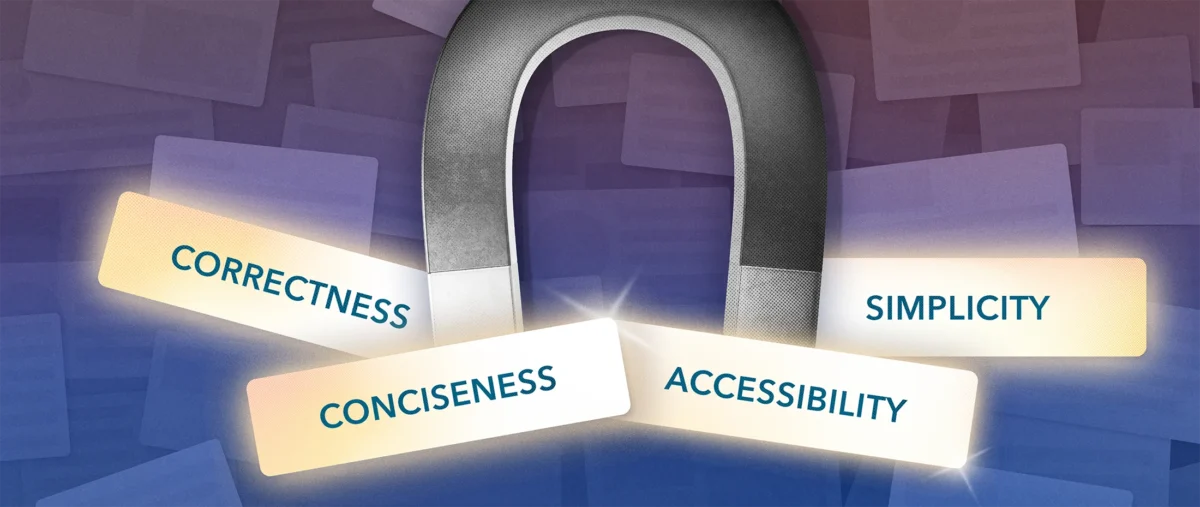For the past 18 months, executives have had to constantly reimagine what their communications can do. The most effective leaders and companies have used their digital outreach to make employees and all other stakeholders feel closer and more engaged than ever before, even as many of us continue working apart.
As companies grapple with the complexity of returning to the office – and the gap between employee and employer expectations on return timelines – a similar evolution in communications is required. Inspiration, however, can be found in an unlikely place: the world of negotiations.
A growing body of work is exploring the emotional dimensions of effective negotiation. As Professors Roger Fisher and Daniel Shapiro explore in their book Beyond Reason: Using Emotions as You Negotiate, core concerns are “the basic human wants that are important to almost everyone in virtually every negotiation … appreciation, affiliation, autonomy, status, and role.” When they are met, they open up the possibility of creating shared value. Crucially, when they are not met, they could stall even rational solutions.
Executives looking to lead through this tricky moment, then, can consider how they can adapt the strategies of great negotiators as they shape their communications. While your company policy is ultimately a set choice, how you get to that decision – and how you communicate how you got to that decision – is where you have room to maneuver and influence how your employees react. This is the essence of what we at SJR like to call transformative content: communications that can prompt action and drive change.
Make Your Case
Consider the case of three different technology companies with radically different approaches to the return to the workplace: Microsoft, Twitter, and Amazon.
What unifies communications from company executives is a clear and transparent attempt to explain each company’s rationale for remaining hybrid, supporting remote work, and generally being in favor of returning to the workplace, respectively.
In his blog post titled “The philosophy and practice of our hybrid workplace,” Microsoft executive Kurt DelBene makes the connection explicit, noting, “We believe in the concept and power of this return-to-work site strategy that aligns to our core principles” and then enumerating many of the values that shape the company’s relationships to employees, customers, and business objectives.
Similarly, Twitter – an SJR client on a different work stream – highlights the company’s long-standing flexible work culture as the reason why they’ll they’ll allow employees to work from home forever if they want to do so. Twitter is also committed to making their offices “warm and welcoming … when we feel it’s safe to return.”
At the heart of these communications is a commitment to highlighting the core concerns and objectives that bind employer and employee together. Far from a defensive move, articulating exactly why you are making a decision frames any decision-making process as one that is inclusive and thoughtful and dispels notions of all-or-nothing style bargaining that puts all parties on the defensive.
Infusing your leaders’ own humanity and personal feelings into these communications can also go a long way. Beyond increasing trust, genuine and direct language here helps employees feel like they are being treated as trusted colleagues, not just recipients of a memo from Human Resources.
Keep the Conversations Dynamic
Increasingly, companies are privately polling their employees on their working preferences for the short and long term, which is crucial step in showing interest in coming to collective solutions.
That same level of responsiveness and sense of ongoing conversation should also be coming across in your communications. Recent thought leadership from Spotify CHRO Katarina Berg achieved this quite effectively by taking the results of employee surveys and demonstrating how the company is incorporating suggestions and learning from the changes they are seeing.
Transforming your communications for this moment also requires transforming how you direct them. Instead of thinking in terms of a broadcast mechanism for an already-made decision, consider how you can use written and multimedia formats to show your leaders interpreting, reacting to, and building on your employees’ biggest priorities.
Situations Change. So Should Your Thought Process
Adaptability in the face of changing situations has been critical during the pandemic.
That, however, should not foreclose the possibility of creating certain communications, even if they are subject to change. As situations evolve, effective negotiators expand the scope of their discussions to find common ground – so too should effective communicators.
A great example can be seen in the ongoing communication efforts of JP Morgan CEO and Chairman Jamie Dimon. Throughout 2020, Dimon stressed the lost productivity of remote work and targeted a quick return date for senior leadership. However, in his recent Annual Report letter, he explained why his thinking had shifted around remote work, and he laid out a new return-to-work plan based on new conditions. Here, transformative content helped act as a catalyst for organizational transformation.
While the end of the COVID-19 pandemic is just on the horizon, the way we all work will be forever altered. Change, and a return to normal, will come in fits and starts and will not be distributed evenly across the globe. That is why it’s such an imperative for companies to get ahead of this, using their communications as their chief negotiators.






